Secret #4: Look for Evidence of Homing and Navigation Qualities
 Breed from birds that have the “Compass” or “Homing Instinct.” If a pigeon can’t home, how can you expect it to win?
Breed from birds that have the “Compass” or “Homing Instinct.” If a pigeon can’t home, how can you expect it to win?
There is still no consensus on how a bird homes and navigates. It is a matter upon which we can only speculate. It is important to recognize that a racing pigeon must and does navigate. The bird must have the ability to orient itself and to maintain its course. The intelligent pigeons apparently have no trouble finding the most direct route home, and they are able to adjust to different types of conditions (weather). Therefore, place high value on a bird that has come home time after time after hard races, when there are no day birds nor birds home in normal race times.
You cannot measure this quality by a few races or tosses, and it cannot be found by fliers who constantly hold birds out of races for minor reasons. Look for evidence of “Homing Instinct” over a long period of time.
You cannot evaluate a bird’s intelligence in the short, fast races. You must go the distance. When the same pigeons show up, they possess that quality from which you can breed to improve your loft.
Secret #4: Look for Evidence of Homing and Navigation Qualities By Bob Prisco
The Leading Online Pigeon Racing and Racing Pigeons Magazine – The Pigeon Insider

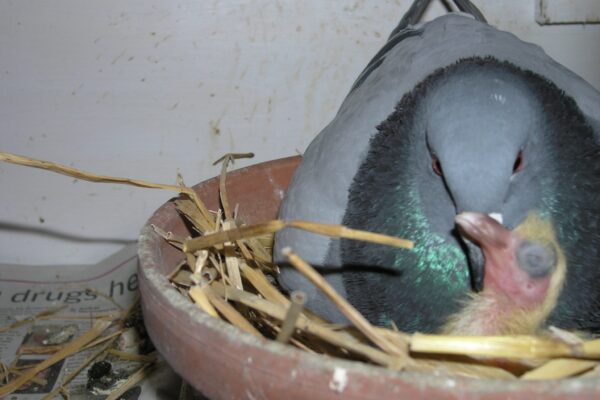

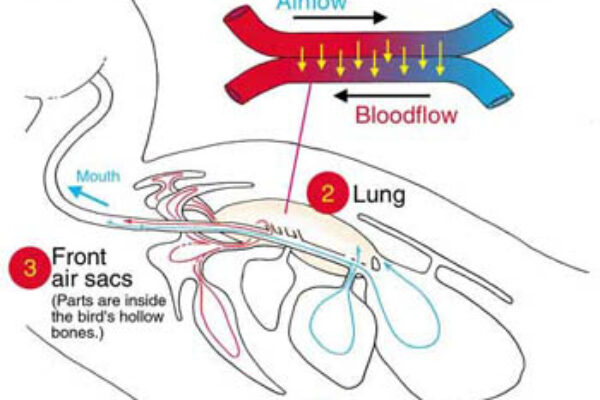
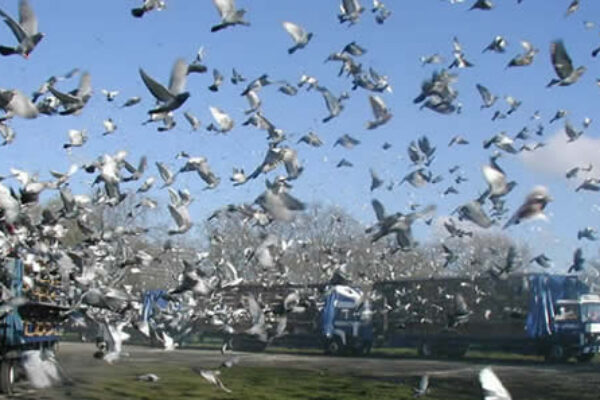
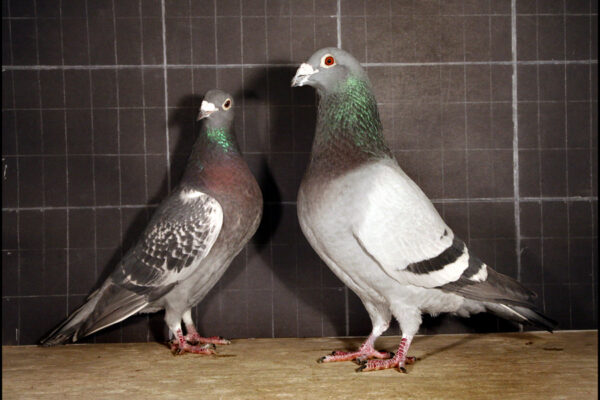
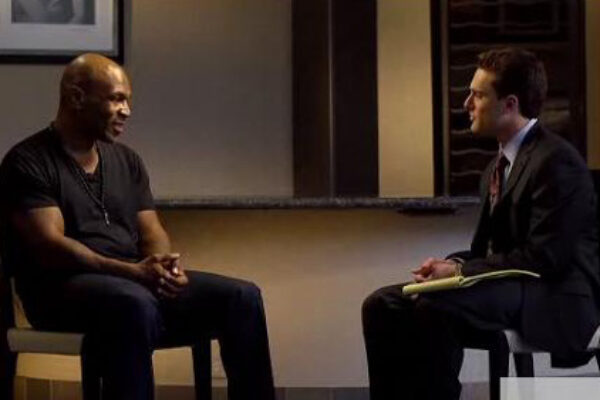


that’s true.. put them to the test on the long races!
I agree birds should be tested at all distances. I also agree with Mr.Olthoff single tosses will tell you if your birds home or just follow the flock back.The ones that home when released go the ones that follow hang around down the road waiting for the next bird to come along. I have seen it with my own birds.
one good way to test a young pigeons ability to home in by itself is Single tossing. I train yb’s hard and usually have good results. After I’ve had them out on 4 or 5 group tosses I take them out 50 miles find a road that runs parrellel to my loft and let a bird out about every half mile by slowing down to about 10 mph hold a bird out the window make sure its paying attention and push it into the air. After about ten miles I turn around and repeat till the are all gone. The birds dont bunch up and mostly come home single file. But use common sense, dont toss em into wires, fences or signs.
hey mike this a good idea i never would have thought about that type of training i will definitely try it this year better yet i will incorporate this into my trining schedule thankx mike
I should have added – your first birds home from years of racing are your best racers – their parents – are your best breeders ! They might be different birds – so breed from less talented brothers and sisters to your best racers….THEY could be your best breeders!
Absolutely TRUE!
thats what you call it !homing instinct….. i like to see birds come home on a long hard training toss one at a time, i kept i eye on the birds that always come home 1st, thay must have more of a homing instinct ? thanks Chris
In 1969, I had a pigeon accidentally released from 350 miles from home. It was 4 months old, never trained. It flew home in a snow in one day and a half. I thought this was remarkable and began breeding more from ther pair that it had came from. One was an unbanded blue check cock that had gotten his leg caught in a rat trap. He was a greenshiled-sion-stassart-bastin cross from a friend. the hen he was mated to was a bird that flew in with nine that got lost on a race. this pair bred consistent winners all over the usa. nothing special about them except they had tremendous homing ability. would fly in with gashed keels, broken legs, feathers gone from wings, etc. yes, of all the qualities a person should search for it is tghe homing instinct. and no person can look at a pigeon and honestly determine such. the basket does this. i also agree that long diustances tell us very much about the quality of birds you have. heitzman had over 30 ybs that flew 500 on the day and he knew what that meant. i feel 500 mile ybs and 700 mile yearlings can cut through a lot of guess work as to what you have and where you should be going. find those and all else should follow.
you know chris i dont know if this bird homes good but its a 2010 bird i let my babies fly around the loft until they route then start to road train but this bird had another idea i let them out she stayed away for a couple of days always coming back to the loft tp sleep but would not trap swo i decided to set A TRAP FOR HER next morning i cought her i put her in the yb loft for about a week than i let her out again weell i guess she learned her leason she is the first one to fly out and the last one to trap no issues no problem im assuming she can home good but a very smart bird i will be taking her to the races here in fla starting in sept thats when our yb season begins anyway love your site mads thanx
Fellow Pigeon Fanciers in Central and Southern Florida please email a hello to Gregory Brooks of Homewood Loft at [email protected] or call 863-273-9419- I’m interested in being in communication with flyers for future competitions and potential swaps, consultations and fellowship.
I agree with the fact that the good traits can not be seen.
If your goal is to only win long hard races you must value hard day long distance pigeons only.
I love winning all races so I always found a need to have what is in fact two lines of selection.
Make no mistake a good a team of fast winning sprinters will destroy the hard day pigeons in most races and this is no less a trait that you must search for and select to maintain and improve.
Very nice point of view….I absolutely agree…c”,)